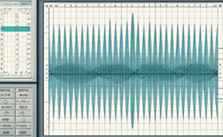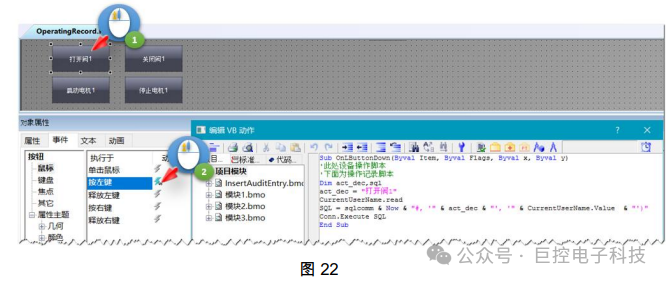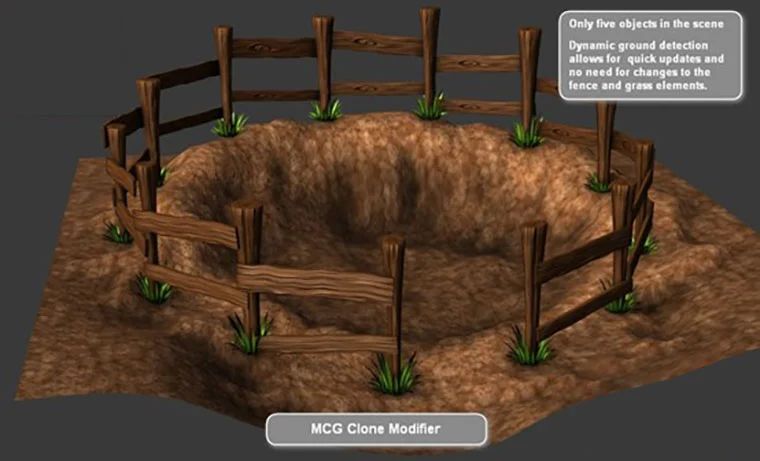后向离心风机风压大,风量足,安装方便。因为不需要蜗壳,所以风道往往需要自行设计,而风道的合理与否,大大影响了后向离心风机的效率。那么后向离心风机的安装技巧有哪些?怎样达到风机的最佳使用效果呢?
1.风机直径为d
A、B表示风机在箱体内所需要的净空间 A,B min=1.4d~2d

C表示风机末端与后端阻挡物的距离 C min=d
D表示风机与进风口阻挡物间的距离 D min=0.5*d~d

风机与风口垂直的情况,风机叶轮与出风口尽量对齐,降低风阻;
如下图:两个中心线A为0距离时风机安装最有利。

风口处局部增加一定的导向弧度,对气流流场有利,倾斜角度45°时,系统阻力最小,风量越大。

风机支架上面需要留出缺口,风机支架建议采用SGCC\SUS304 T ≥ 1.5mm ,以保障机械强度;


轴流风机的布置
 Airflow determination:
Airflow determination:
The differential pressure method compares the static pressure
upstream of the inlet ring with the static pressure in the inlet ring.
The airflow can be calculated from the differential pressure (bet-
ween the static pressures) according to the following equation:
气流测定:
压差法比较静压
在入口环的上游,入口环中的静压。
气流可以根据压差(bet-
根据以下方程式:

If the airflow is to be regulated to remain constant, the inlet pres-
sure must be kept constant:
如果要调节气流以保持恒定,则入口压力-
肯定必须保持不变:

k takes the specifi c properties of the inlet ring into account.
k考虑了入口环的特定特性。
The pressure is tapped at 1 (4) point(s) on the circumference of
the inlet ring.
The customer connection consists of a built-in T-shaped
hose fitting.
The hose fitting is suitable for pneumatic hoses with an
inside diameter of 4 mm.
压力在圆周上的1(4)个点处分接
入口环。
客户连接由一个内置的T形
软管接头。
软管接头适用于带
内径为4毫米。



















